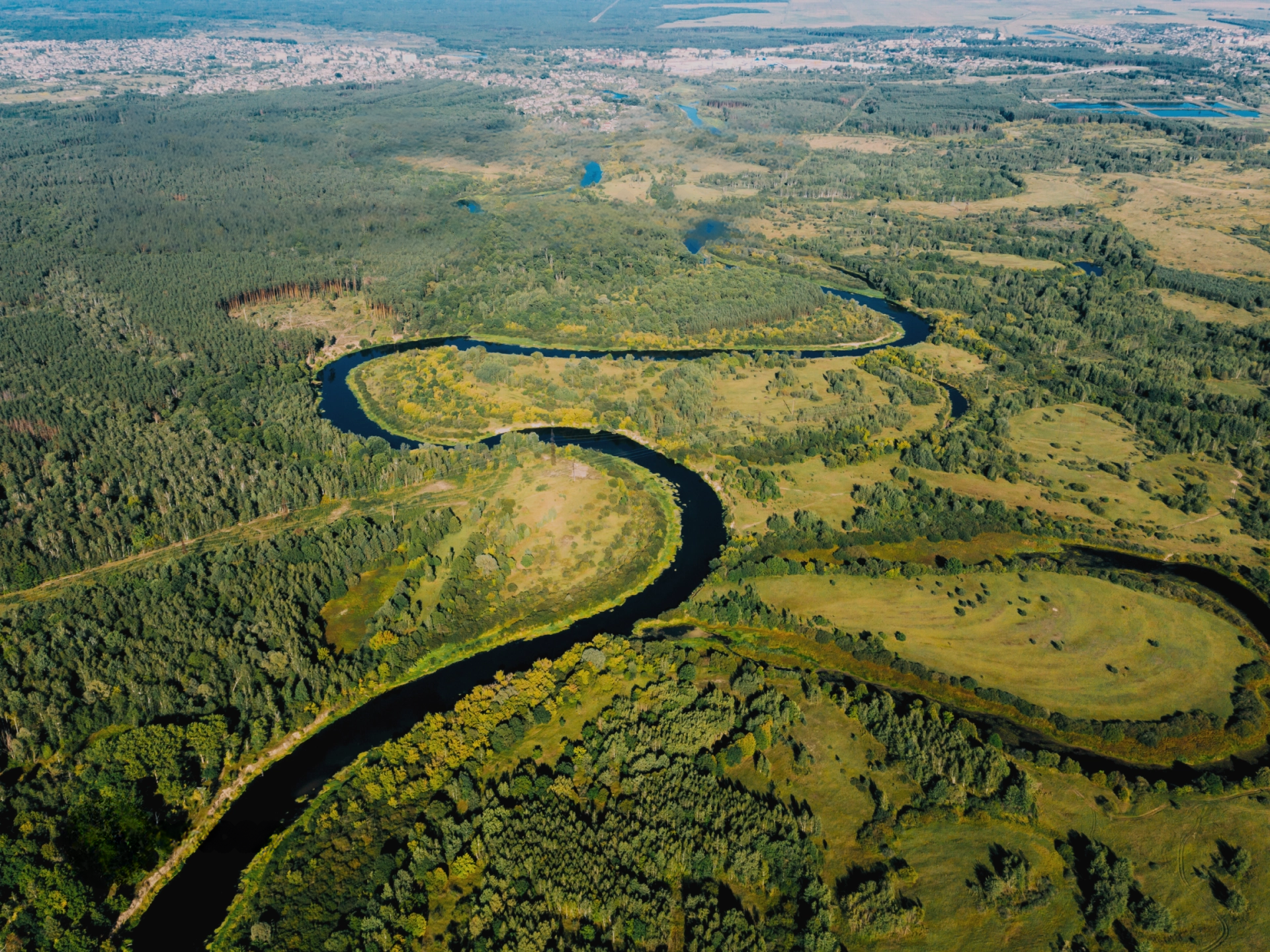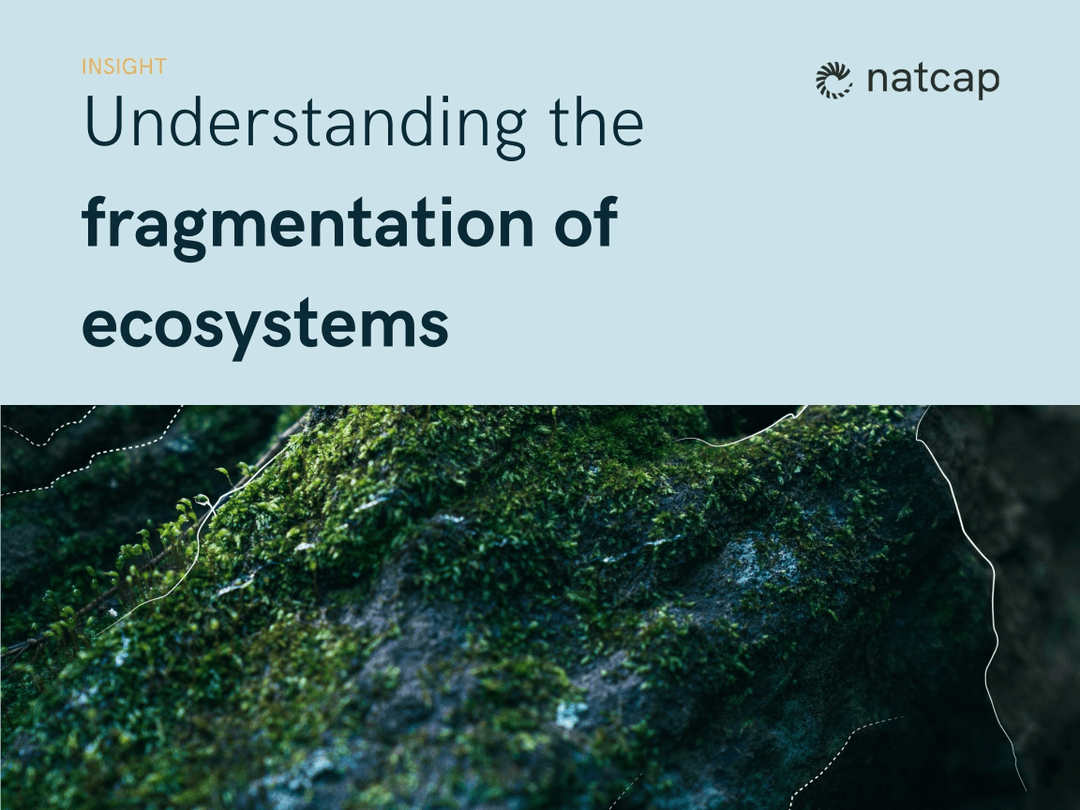What is the Fragmentation of Ecosystems
Do you know how the distribution of natural land on your site impacts biodiversity?

Businesses depend on biodiversity metrics to meet regulatory and voluntary disclosure requirements, address stakeholder expectations, and set meaningful nature targets. As frameworks like the Taskforce on Nature-related Financial Disclosures (TNFD) and the Corporate Sustainability Reporting Directive (CSRD) gain traction, companies face increasing pressure to understand and report their impacts on nature.
Unlike climate metrics, biodiversity cannot be measured using a single universal unit, such as tonnes of CO₂. It is multi-dimensional, location-specific, and far less standardised.
So how do you identify metrics that are fit for purpose and credible when measuring biodiversity?
This article explains what biodiversity metrics are, why they matter, and how to choose the right ones for your business, with practical guidance and real-world examples.
Biodiversity metrics are tools used for measuring biodiversity, they quantify the variety and abundance of life within a specific area, providing insights into ecosystem health and sustainability.
Key components include:
By measuring biodiversity through these components, businesses can track changes over time and make informed decisions for conservation and corporate sustainability.
Biodiversity metrics go beyond ecological indicators, they form the foundation for risk management, regulatory compliance, and strategic decision-making.
They play a critical role in:
Carbon is globally fungible: a tonne of CO₂ avoided in one place equals the same benefit anywhere. That’s why climate reporting uses universal units like carbon credits.
Biodiversity is place-based. Species and ecosystems vary by location, and so do the pressures acting on them. You can’t offset a degraded forest in Indonesia with a healthy one in Italy.
Bottom line: There is no single number for measuring biodiversity. Metrics must be multi-dimensional, context-specific, and sensitive to change.
Over the years, many methods for measuring biodiversity have been developed, from species counts to habitat condition, ecosystem integrity, and land-use change.
The most credible approaches, such as those recommended by TNFD, use multiple metrics to capture the complexity of nature. TNFD guidance requires companies to go beyond assessing the state of nature to understanding how their activities interact with biodiversity.
At Natcap, we typically apply between 5 and 25 metrics per project, tailored to the organisation, its geography, and regulatory requirements.
Not all metrics are created equal. When choosing yours, look for those that meet as many of the following criteria as possible:
.png?width=1920&height=1080&name=7%20Qualities%20of%20Effective%20Biodiversity%20Metrics%20Infographic%20(2).png)
This metric demonstrates how the seven qualities can come together when measuring biodiversity in practice:
While extremely useful, this metric alone cannot assess ecosystem quality or species diversity, reinforcing the need for complementary metrics on habitat condition and species presence.
Nature reporting will only grow in importance and complexity. The businesses that start measuring biodiversity now will be best prepared to meet regulatory requirements, manage risks, and seize nature-positive opportunities.
At Natcap, we help businesses and financial institutions cut through the noise with robust corporate biodiversity assessments. Our team of scientists, academics, and advisors works with you to choose, apply, and interpret the metrics that matter, ensuring your assessments are science-based, credible, and aligned with global standards.
Whether your goal is to report confidently, meet TNFD and CSRD requirements, reduce risks, or unlock opportunities, we provide the expertise and tools to make it happen.

Do you know how the distribution of natural land on your site impacts biodiversity?

In the race toward a nature-positive economy, companies are increasingly being asked to understand their impacts and dependencies on nature and to...

1 min read
As world leaders gather once again for COP negotiations focused on reducing atmospheric CO2, it is essential not to lose sight of another formidable...